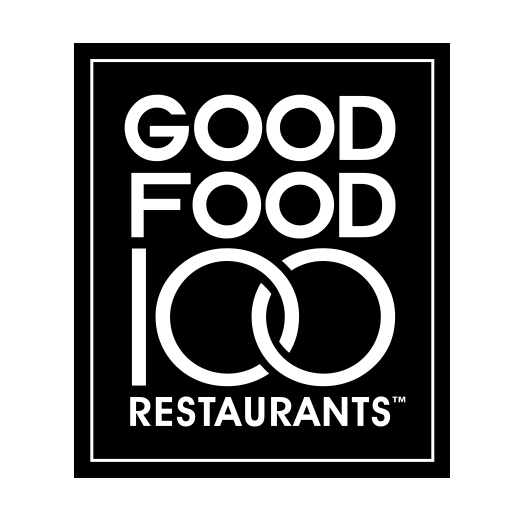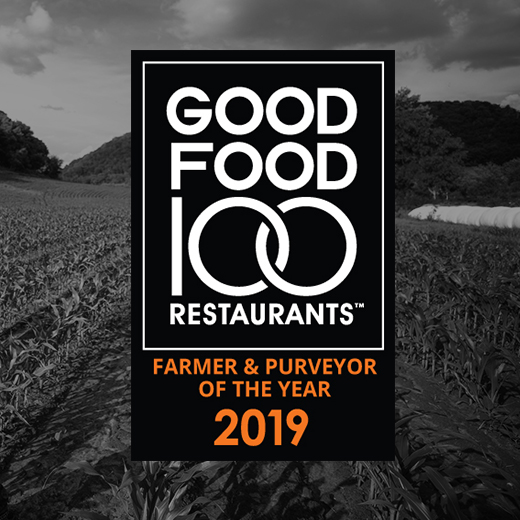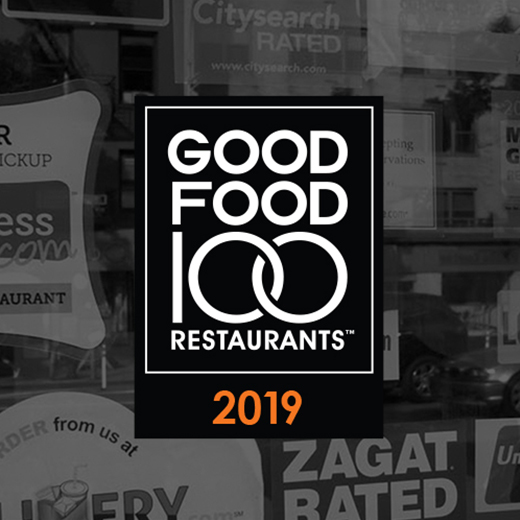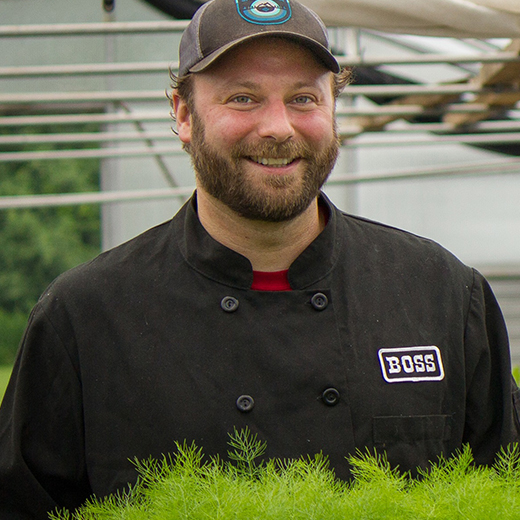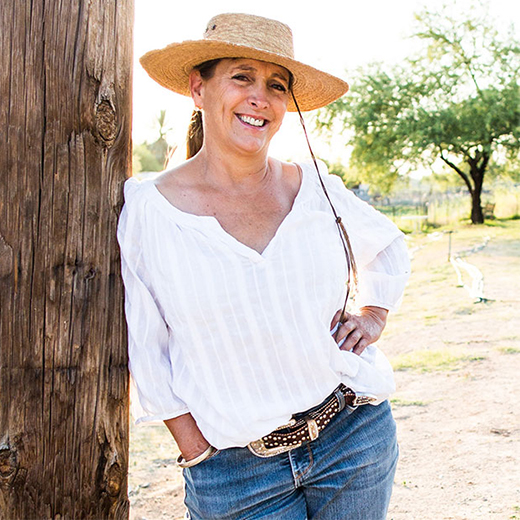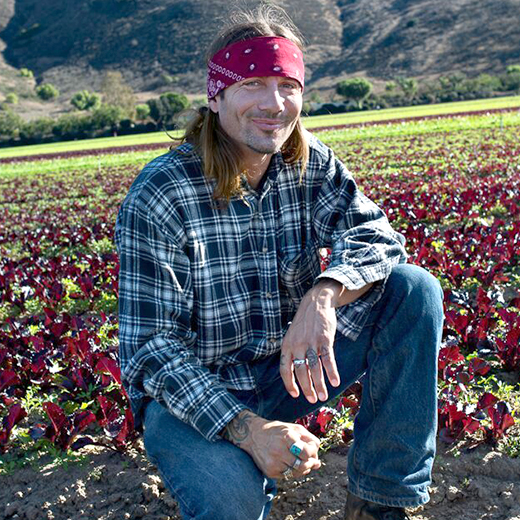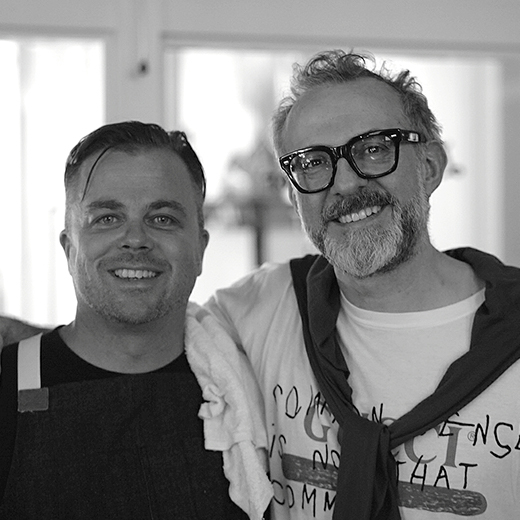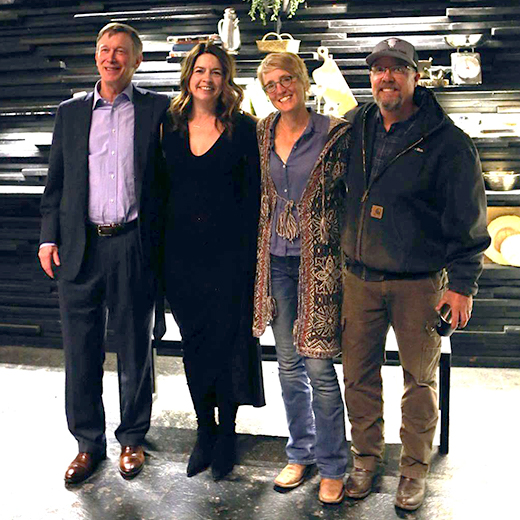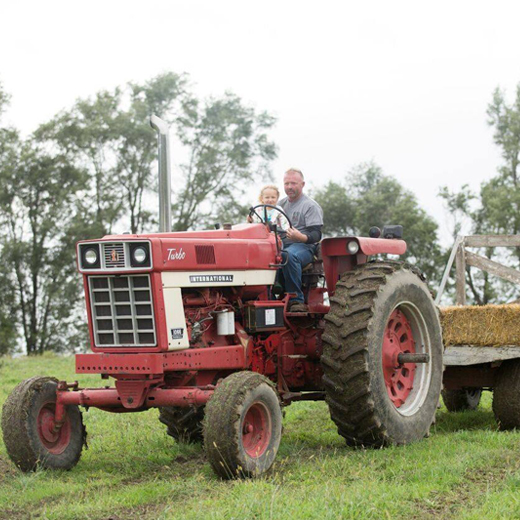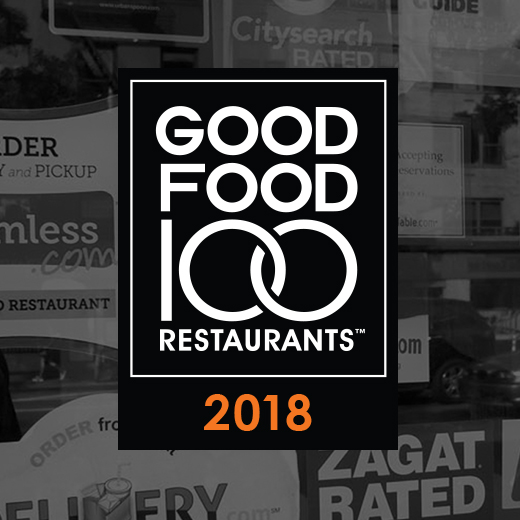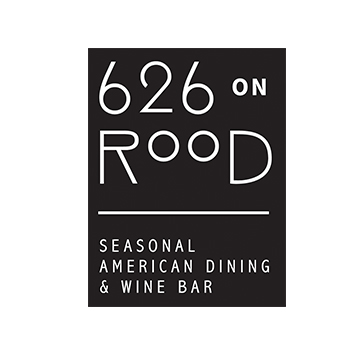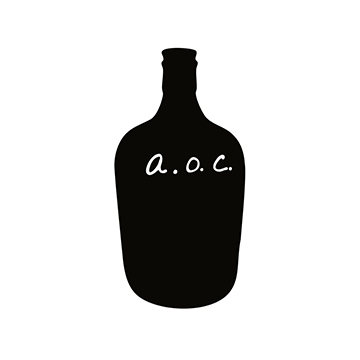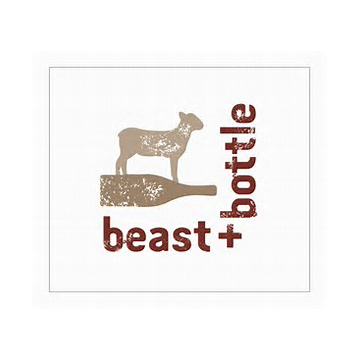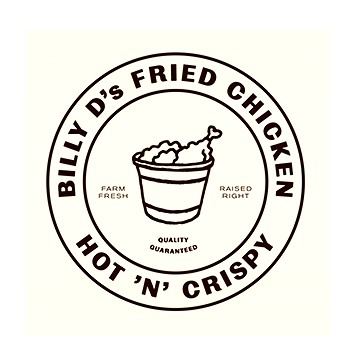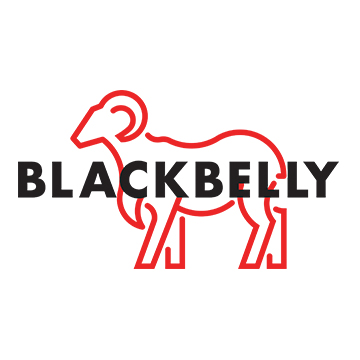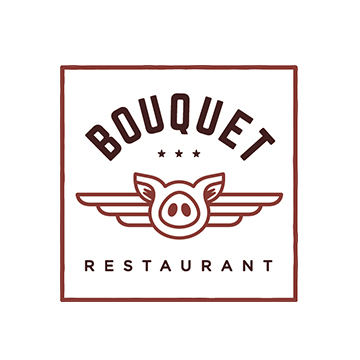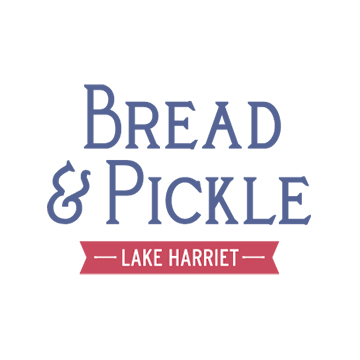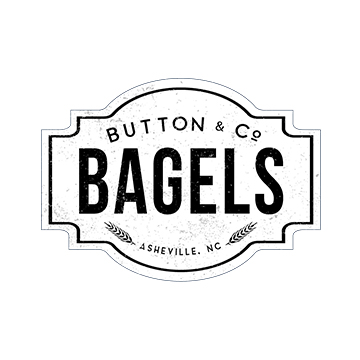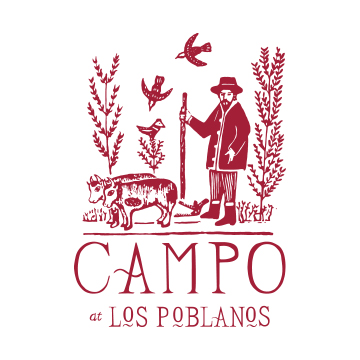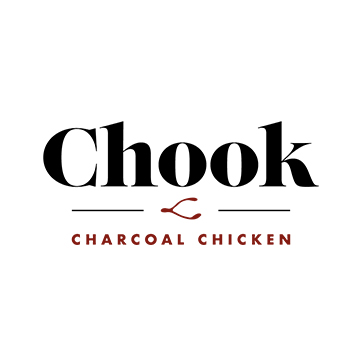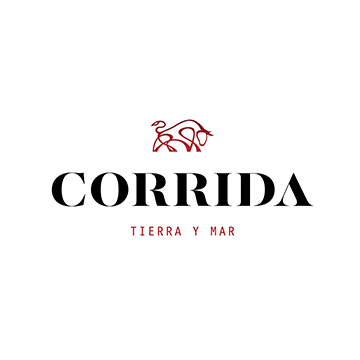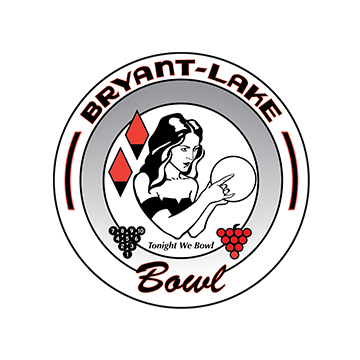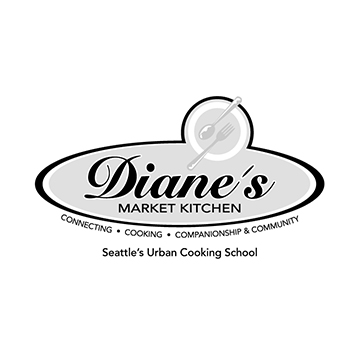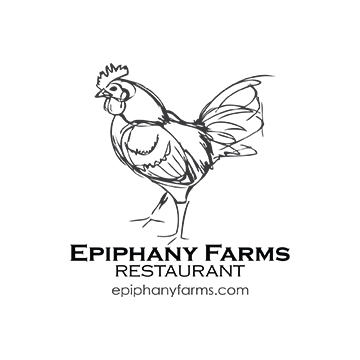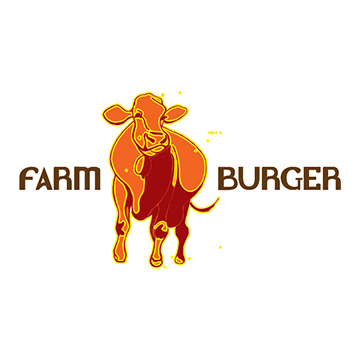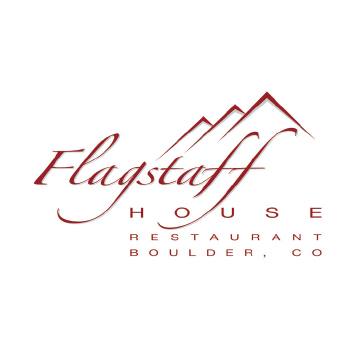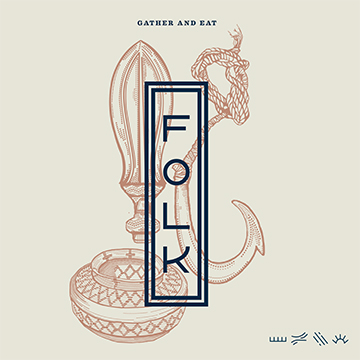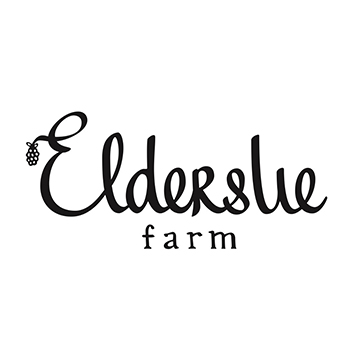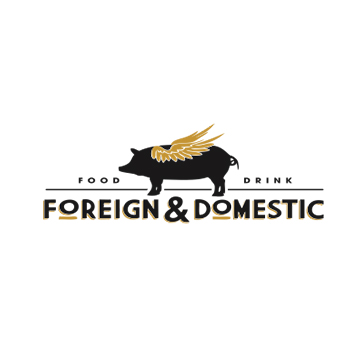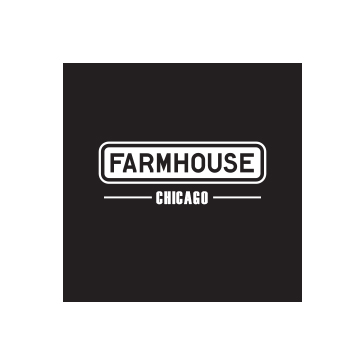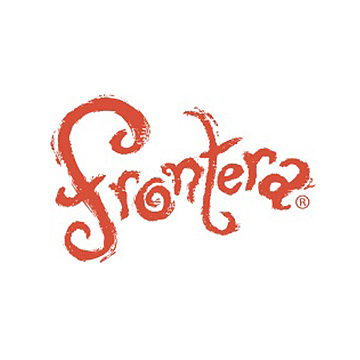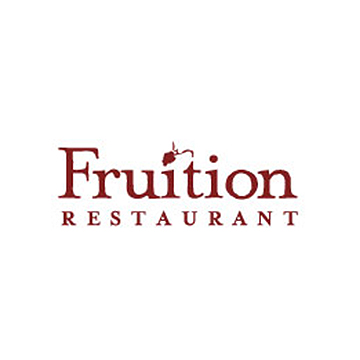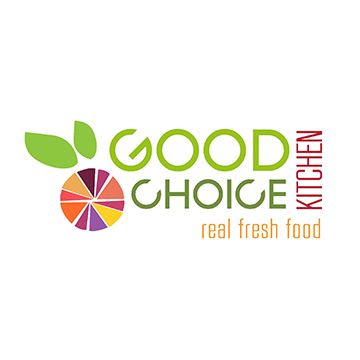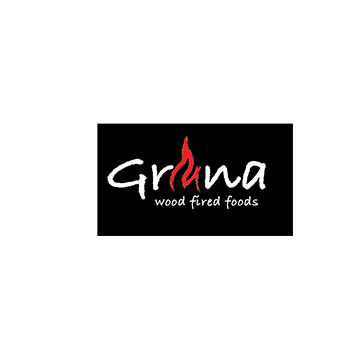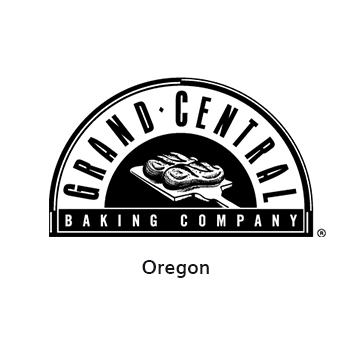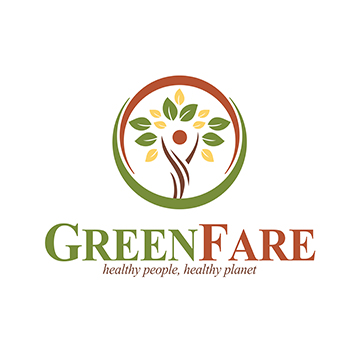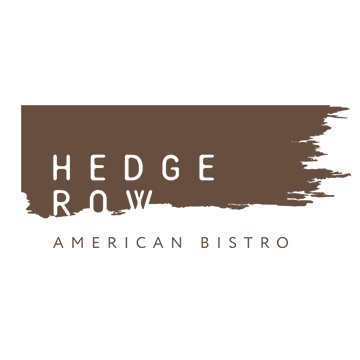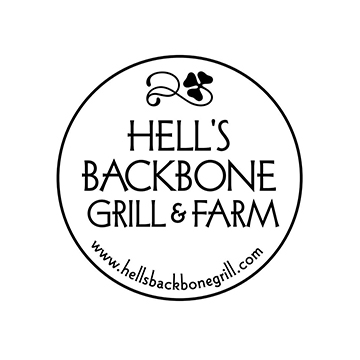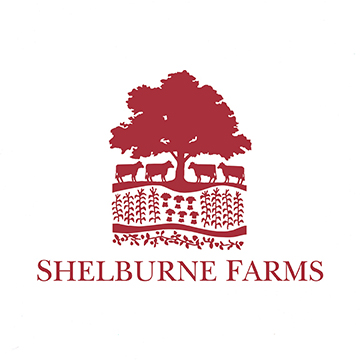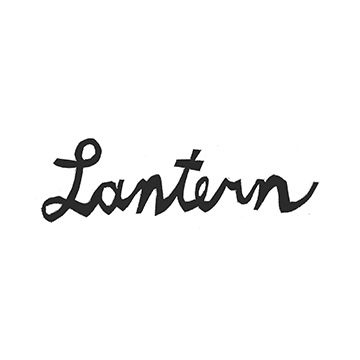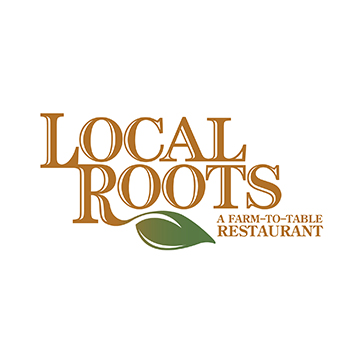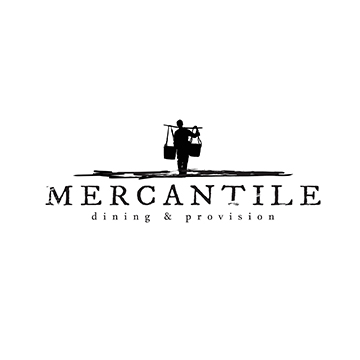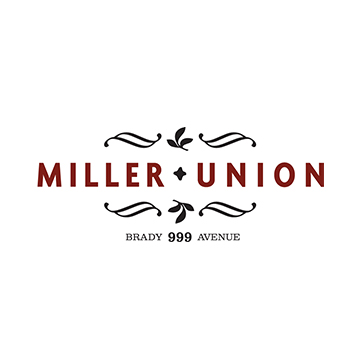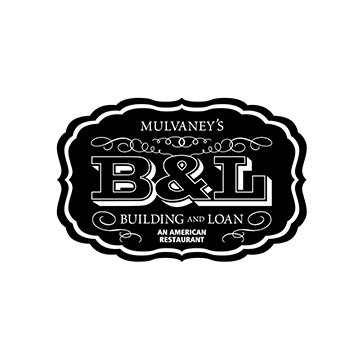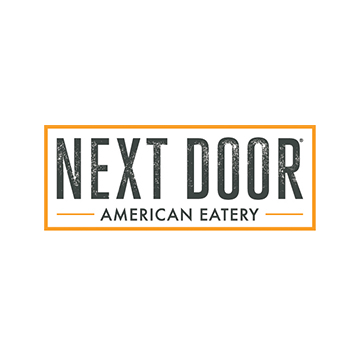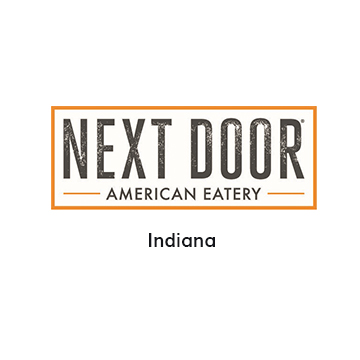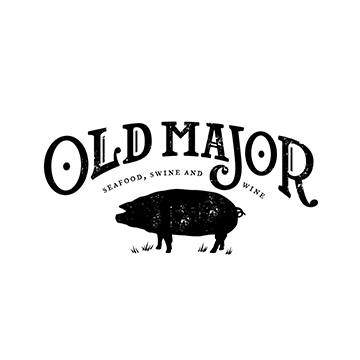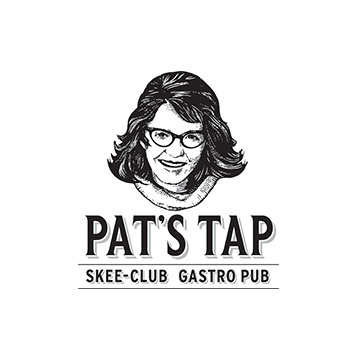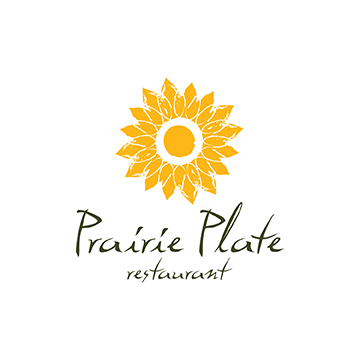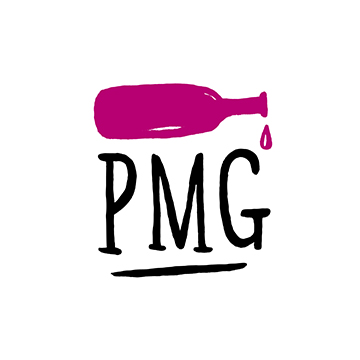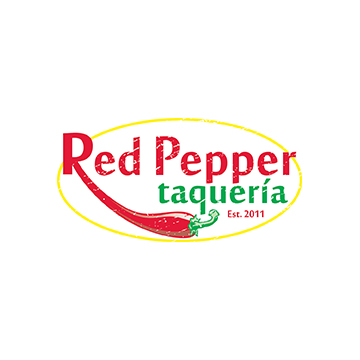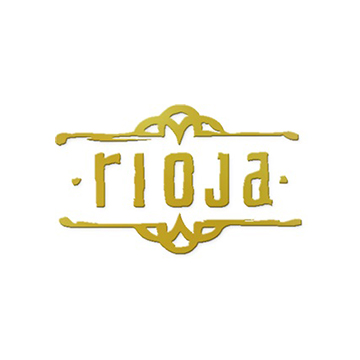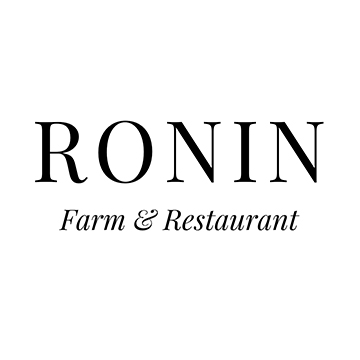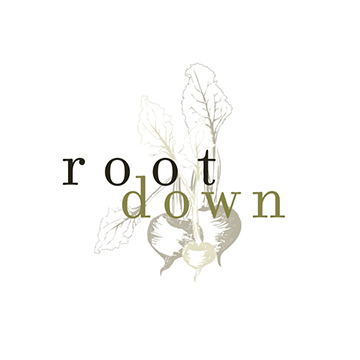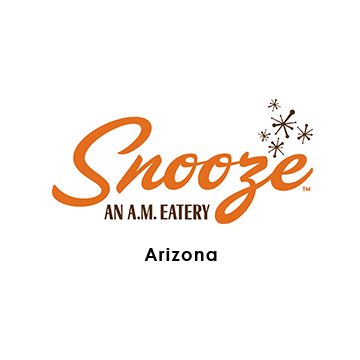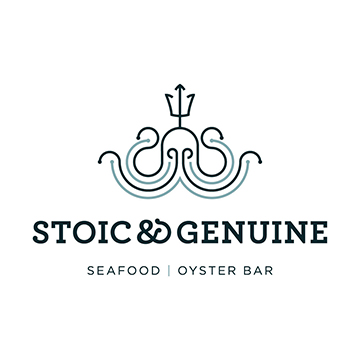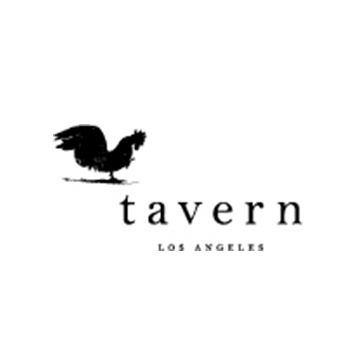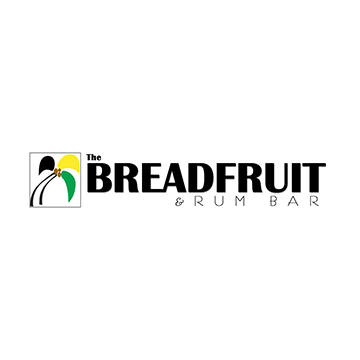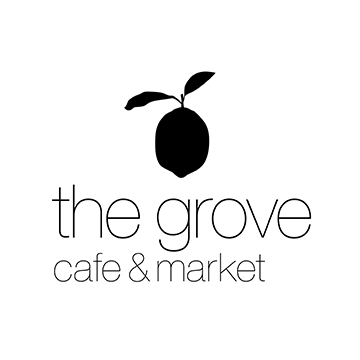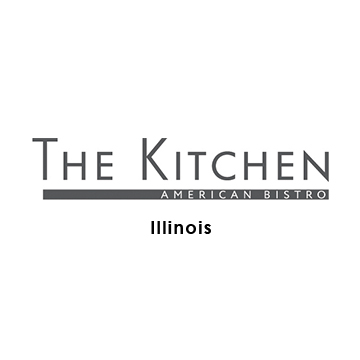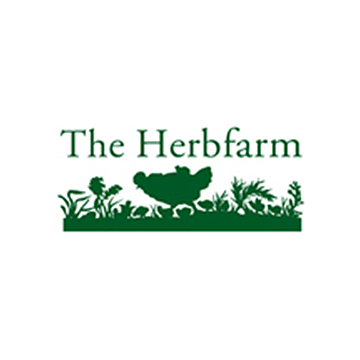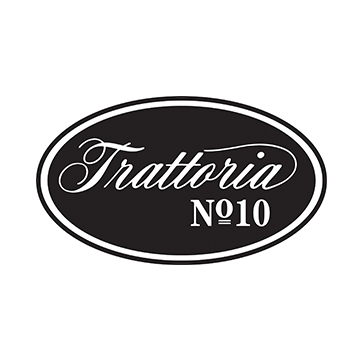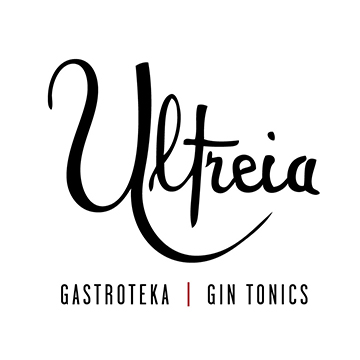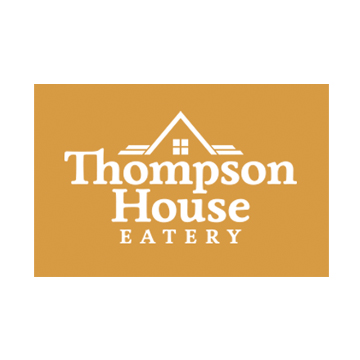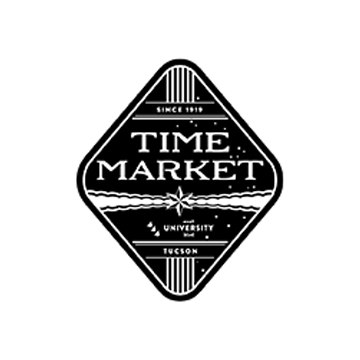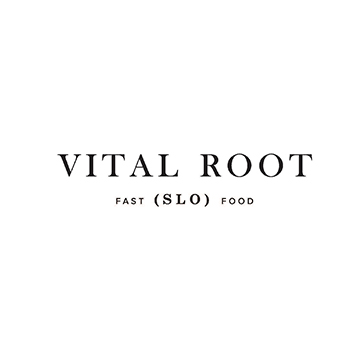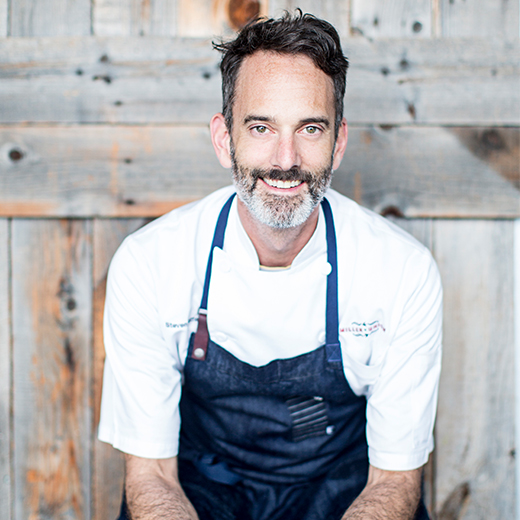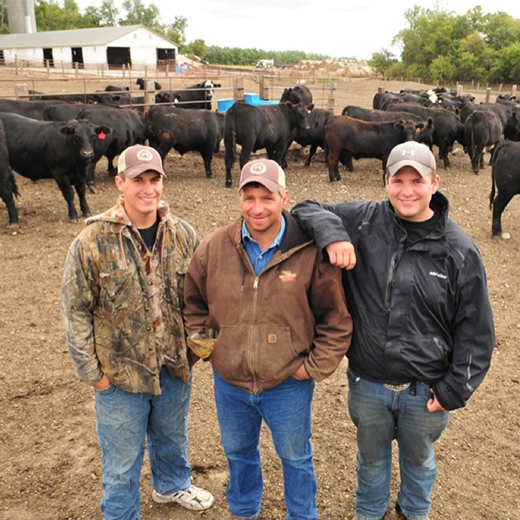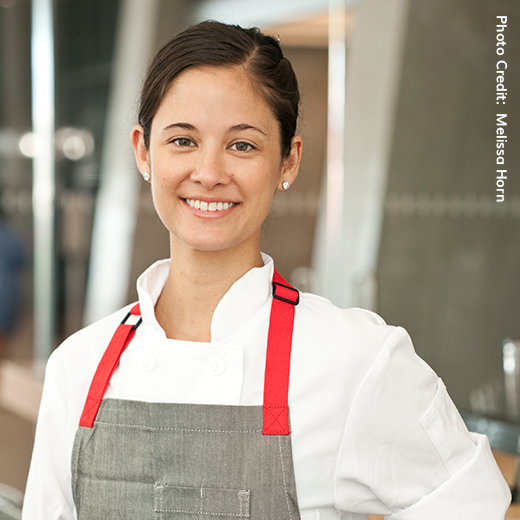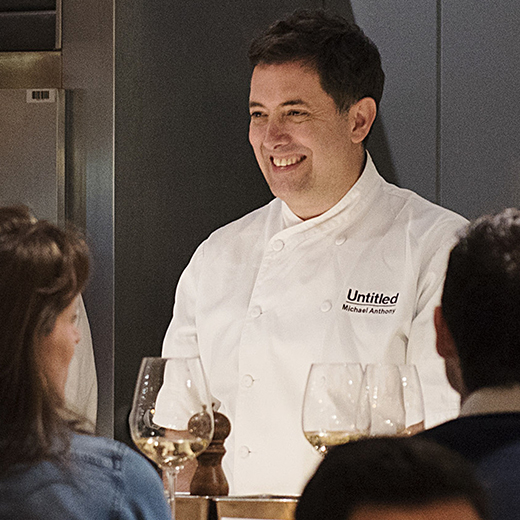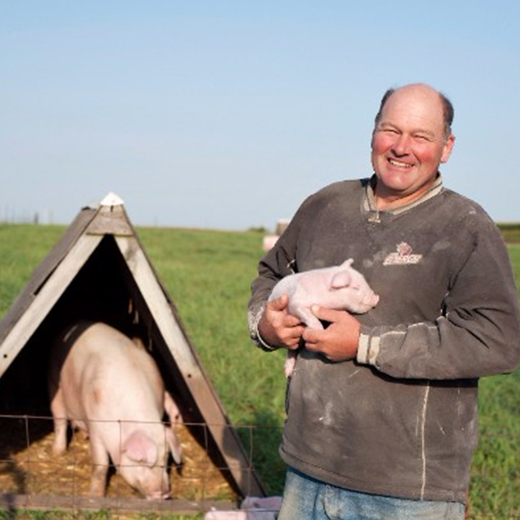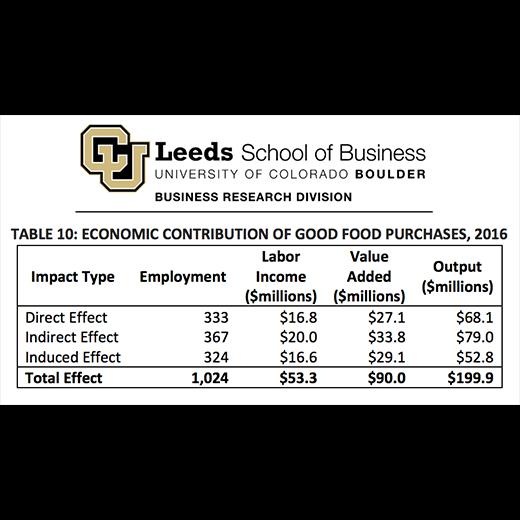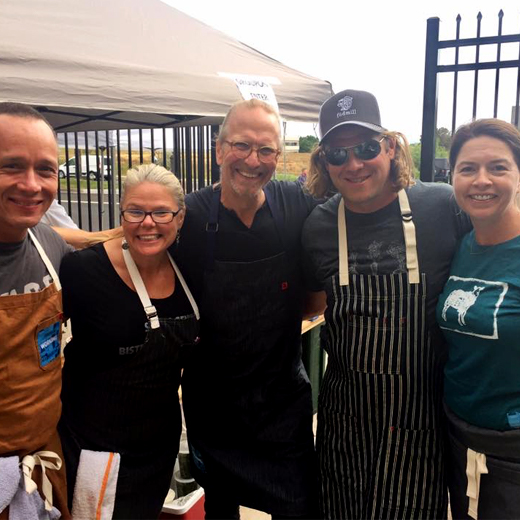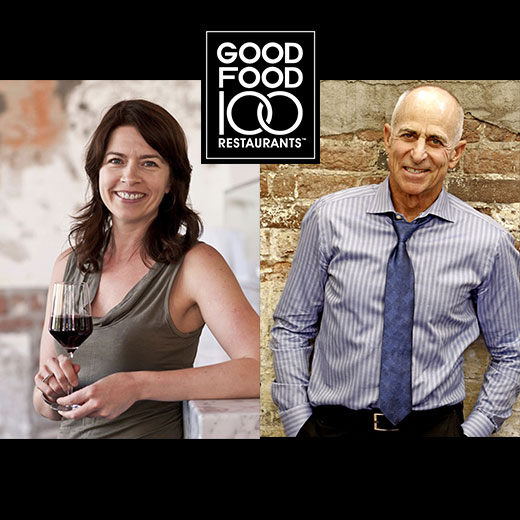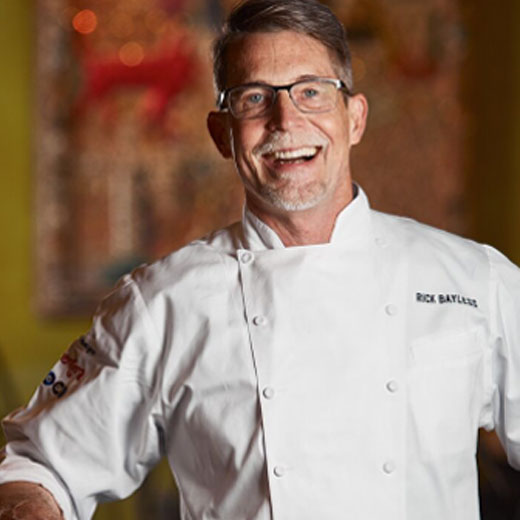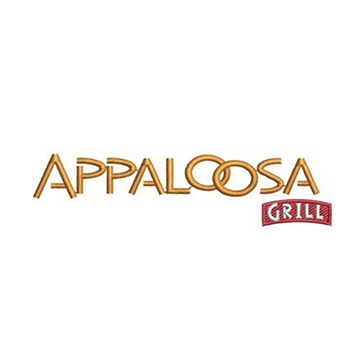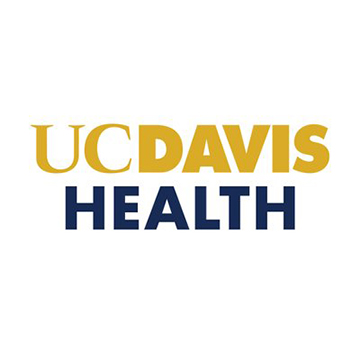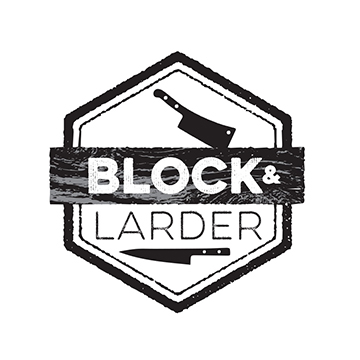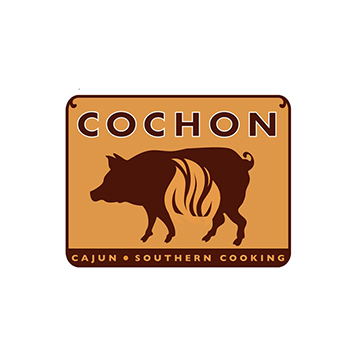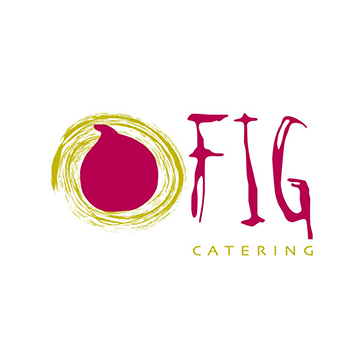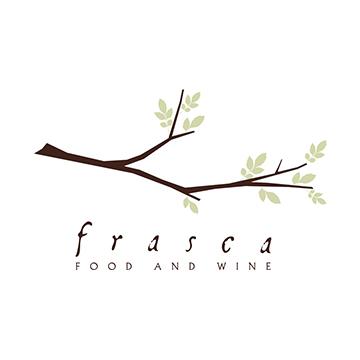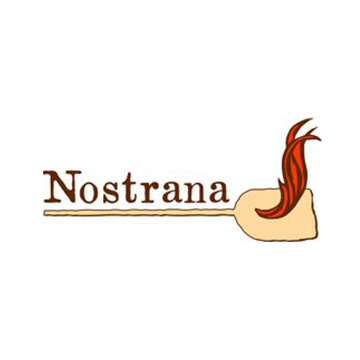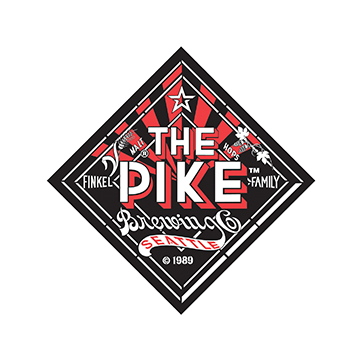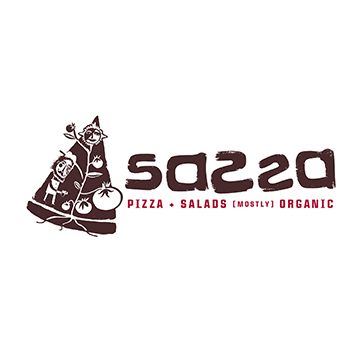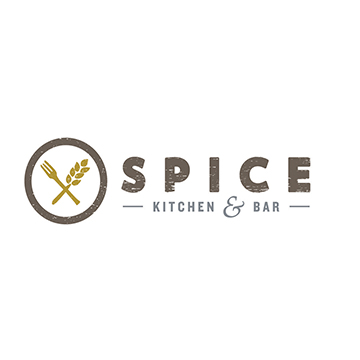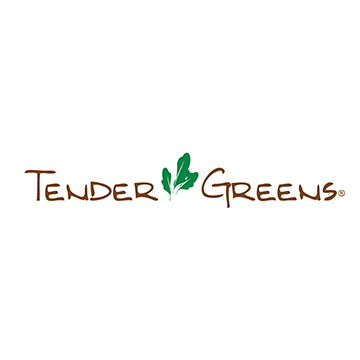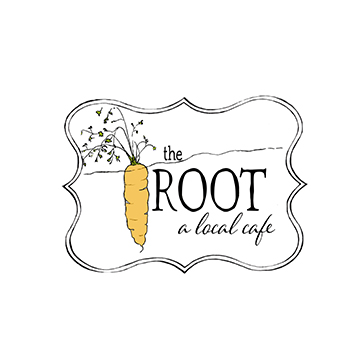Hog Heaven
A true lesson in farm to table
By Barry Estabrook
Niman Ranch’s annual Hog Farmer Appreciation Dinner is one of the rare occasions when participants from across the entire spectrum of food production come together at the same table—literally.
In early September, chefs, restauranteurs, retailers, distributors, sales people, and, critically, the farmers themselves assembled in Des Moines, Iowa, the heart of hog country, to honor the more than 600 individual producers who raise pork for Niman in accordance with the company’s strict protocols of environmental sustainability and humane livestock husbandry.
But perhaps the most noteworthy feature of the event occurred when Niman filled two motor coaches with dinner-goers who were in attendance for a visit to Alderland Farm. This farm sells between 1,200 and 1,500 hogs per year to Niman.
This was remarkable because most pork corporations go to tremendous efforts to hide their “production facilities” behind tall chain-link fences and locked doors emblazoned with NO TRESPASSING signs. Niman, on the other hand, makes a virtue out of being completely transparent.
The hellish conditions of industrial hog operations are well-known: thousands of animals confined shoulder-to-shoulder in fetid, warehouse-like barns, forced to stand on hard, slatted flooring and kept alive just long enough to reach slaughter weight by being fed daily doses antibiotics. Under such conditions, the animals can exercise none of their natural behaviors.
In comparison, the day-trip to Alderland was like going to hog heaven. With its comfortable white farmhouse shaded by mature trees and surrounded with an assortment of barns, sheds, and tractors, Alderland resembles a throw-back to a more benign era of food production.
After being greeted by Paul and Andrea Brown, who run the farm with their three grown children, Allison, Landon, and Derek (abbreviations of the kids’ names explains how the farm became called Alderland), visitors boarded wagons to be hauled by tractors to see the pigs. The group came to a stop at the edge of a field containing what looked like a subdivision of tiny A-frame chalets, each occupied by a large and in many cases extremely pregnant sow. Paul reached into one of the structures and withdrew a piglet so small that he could cradle it in two hands. He explained that we were in what amounted to Alderland’s maternity ward. As their due dates approach, sows are released into the field, and each chooses an A-frame in which to give birth. Before doing so, each gathers grasses and straw to construct a nest. Both selecting a private space in which to give birth and building a nest are powerful instinctual drives, said Brown. Conventional sows give birth in metal crates barely big enough to accommodate their pregnant bodies.
Alderland’s piglets are weaned when they are about one month old and spend the rest of their lives on pasture, where they have access to portable, metal huts when they want shade or shelter from rain or snow. However, it was an unseasonable warm sunny late summer day, and most of the growing piglets were outside, snoozing in companionable pig piles, wallowing in muddy pits, or chasing each other at full gallop in a porcine version of tag. The animals remain healthy and have no need for antibiotics—which are banned under Niman Ranch’s policies.
Brown said that the hogs played a key role in the rotation cycle he maintains on his organic property. After the animals leave, their manure having fertilized the earth, he plows the fields and plants corn, followed by soybeans, then oats, and finally alfalfa, a forage crop that remains on the land when the next group of pigs arrives. Niman agrees to purchase every animal the Browns produce (provided it has never received antibiotics) and guarantees a base price that assures profit and is higher than what conventional producers receive.
Niman Ranch's transparency also happens to be very good business, according to Mack Graves, a meat production consultant based in the Denver area. His specialty is helping companies establish brands consumers trust. Graves, who addressed the attendees during a business meeting, said that being transparent is vitally important. “Labels don’t mean anything,” he said. “You have to tell people how you raise your animals, how you slaughter them, and you have to tell the truth.” The trust that develops from transparency, he said, is what turns commodities into brands.
Roxi Beck, who conducts and analyzes consumer surveys for the Center for Food Integrity, a Kansas-city-based group whose members include major agribusinesses and food industry organizations, said that 80 percent of shoppers she and her associates interviewed wanted to know more about the farms and farmers who produce their food.
“Transparency is as important to them as sustainability,” she said, during a presentation, stressing the need for complete, accurate disclosure. According to Beck, ethically grounded values such as quality nutrition, outstanding animal care and environmental stewardship play a far more important role in establishing trust than cold, scientific facts.
The banquet itself was a festive, heart-warming occasion with growers receiving citations for the quality of their animals’ meat and years of tenure. Thirty-two high-school-age students were given a total of $106,000 in scholarships for post-secondary education. Retailers, distributors, and farmers sat elbow-to-elbow at long tables for a barbeque-themed meal prepared by guest chefs Bramwell Trip, Michael Sambrook and Jacob Shelton (The Pit Room, Houston, Texas), Edward Hall (Barbed Wire BBQ, Austin, Texas), Alice Gonzalez (A+A Provisions, Austin, Texas ), Charlie Cicero (Buckley’s Great Steaks, Merrimack, New Hampshire), and members of the Korleski family (Mary Ann’s Specialty Foods, Webster City, Iowa). Diners reported that the food was terrific by any standards, and made all the more pleasurable by having seen firsthand how the meat was raised.
The Good Food 100 2017
© 2021 - Good Food Media Network
